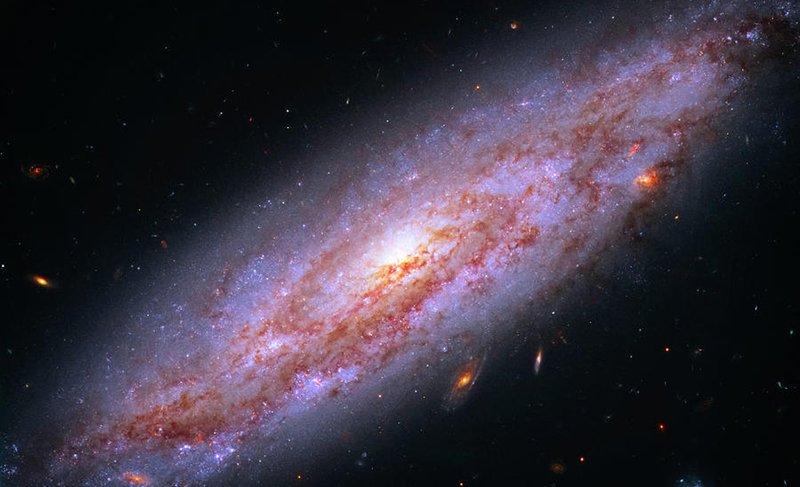Astrophysics and Gravitation

Astrophysics and gravitation is one of the most active and stimulating research areas in physics. Increasingly precise observations across the electromagnetic spectrum, as well as the recent detection of gravitational waves, have opened unprecedented horizons for understanding highly energetic astrophysical phenomena in gravitational fields of maximum intensity. The quintessential objects related to these strong gravitational fields are black holes and the Universe itself.
Black holes are fascinating objects that involve all of physics and astrophysics and play an essential role in this new era of astrophysics and astronomy, the era of telescope astronomy and detectors of electromagnetic waves at all frequencies, and gravitational wave detectors. Black holes are the most compact objects possible in nature and convert colossal amounts of gravitational energy into electromagnetic radiation and gravitational waves. Several problems in the study of the physics and astrophysics of black holes remain open. For example, understanding the interior of a black hole, which harbours a singularity where space-time ends and the laws of physics as we know them are no longer valid, is one of the most important problems to be solved in theoretical physics. The merging of quantum field theory with black holes, initiated by Hawking, is problematic because it leads to inconsistencies in our understanding of gravity and quantum mechanics. These difficulties lie at the heart of recent progress on black hole entropy, spacetime geometry, and quantum field entanglement. It is now clear that conceptual problems in black hole physics are also the key to unlocking many problems in physics, both through theoretical and observational advances.
In astrophysics and cosmology, frontier topics include the nature of dark matter, the nature of dark energy, and the geometry and spatial topology of the Universe. Dark matter and gravitation are responsible for the formation of Universe structures such as galaxies and galaxy clusters, and dark energy is responsible for the acceleration of the expanding Universe since the initial big bang. Both contribute about ninety-five percent of the mass of the Universe, and their thorough understanding can determine whether the Universe is closed and spatially finite or open and infinite. This involves studying important yet-to-be-unveiled topics such as the essence of the big bang, the nature of the inflationary universe, and the properties of supernovae vital for measuring cosmological distances.
Research and teaching in the scientific area of Astrophysics and Gravitation (AG), developed and executed at the Department of Physics of IST by an experienced group of theoretical and observational physicists and astrophysicists, involve professors and researchers working in collaboration with leading international universities and institutes with the aim of understanding at the most fundamental level the laws of physics that govern the Universe. The area of Astrophysics and Gravitation has, as one of its main objectives, the initiation and promotion of students and young researchers interested in these fascinating topics.
Research Units:
Center for Astrophysics and Gravitation
Contact:
infoag[at]fisica.tecnico.ulisboa.pt